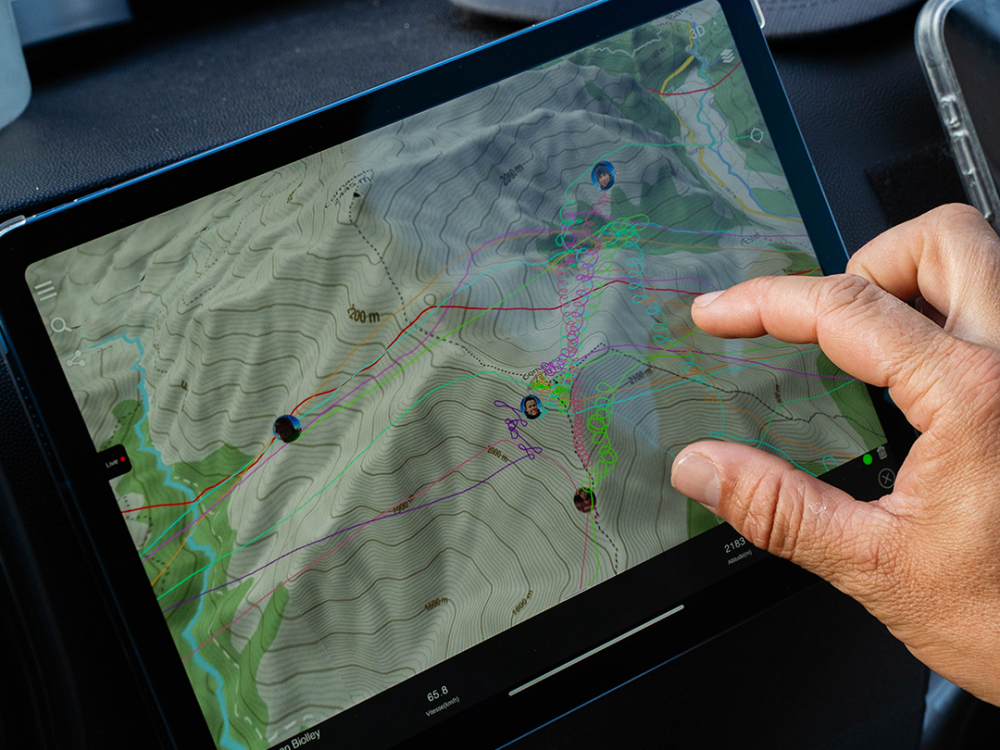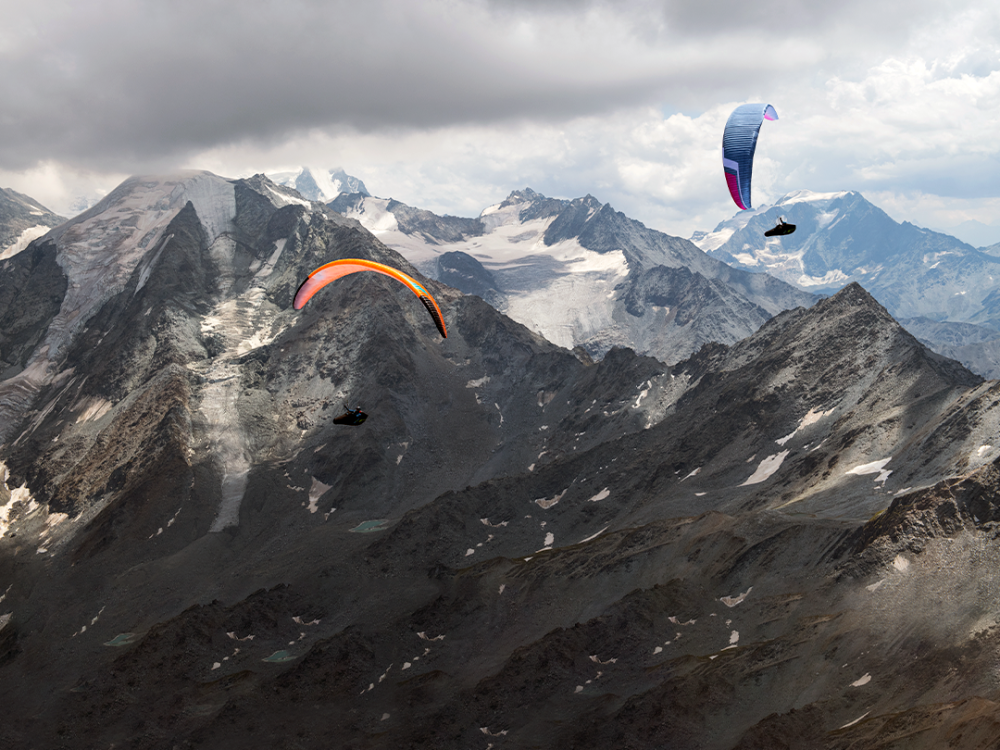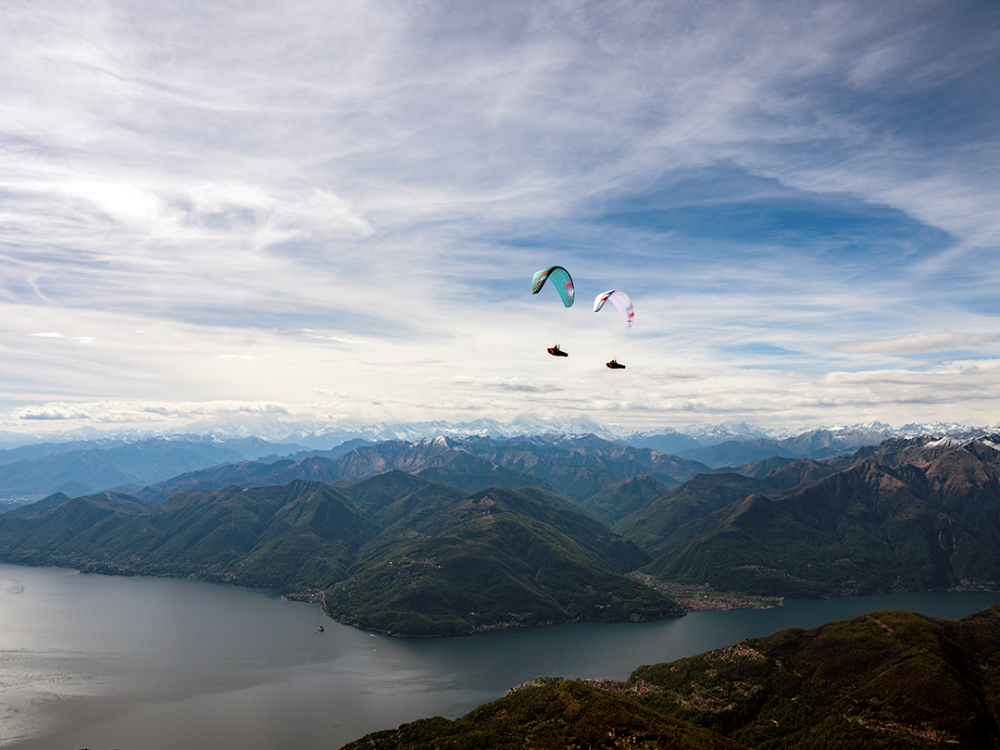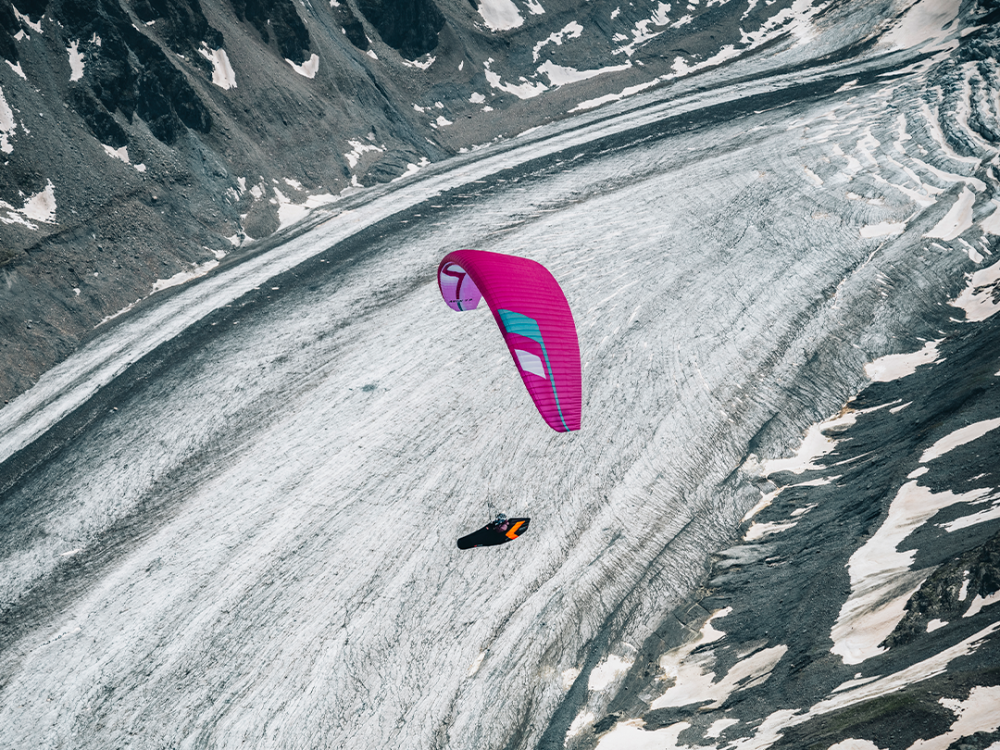PRODUCTS
NK SERVICE
DEALERS
NIVIUK
TESTIVALS & EVENTS
Back
GLIDERS
PARAMOTOR
HARNESSES
RUCKSACKS
SECURITY
EQUIPMENT & MERCHANDISING
SPARE PARTS & ACCESSORIES
Back
NIVIUK
OUR CREW
OUR FACTORY
TECHNOLOGIES
P SERIES
AERO SPEEDARMS TECH
FACTORY PILOTS
RACING PILOTS
ADVENTURE PILOTS
Back
Serial
KARGO 130
KARGO 160
KARGO 180
KARGO 220
KOLI BAG
KOLI PRO
KARGO URBAN
TRAVEL BAG
NKARE BAG
ZIPNKARE
INNER BAG
P Series











